Demographics and Community Living _review
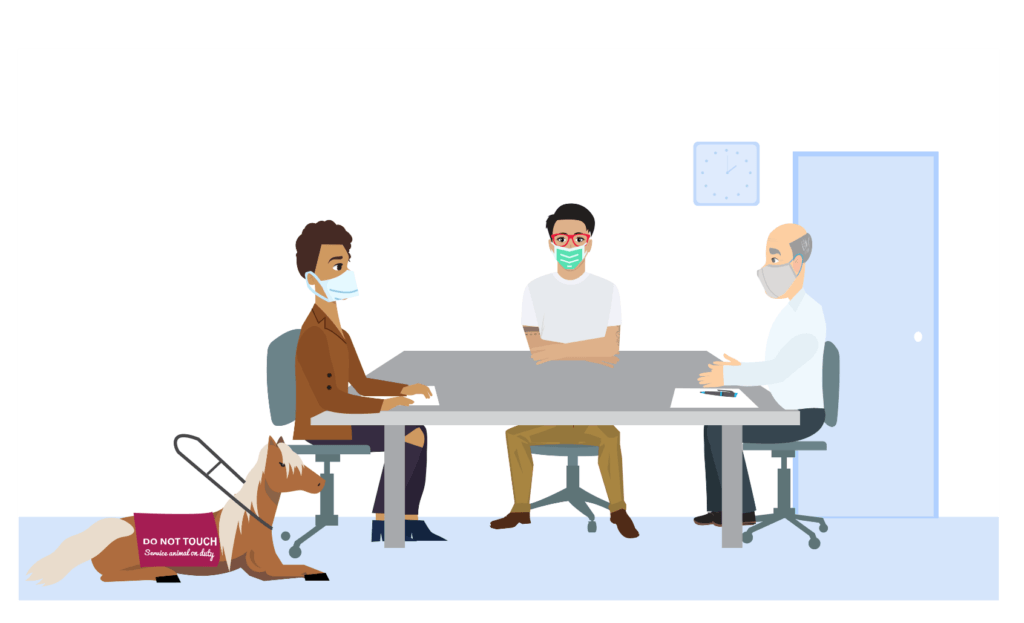

EM: PJ’s working on the local public health emergency plan document. We’ll share the plan at a public meeting. That’s part of our “whole community” or inclusive planning philosophy.
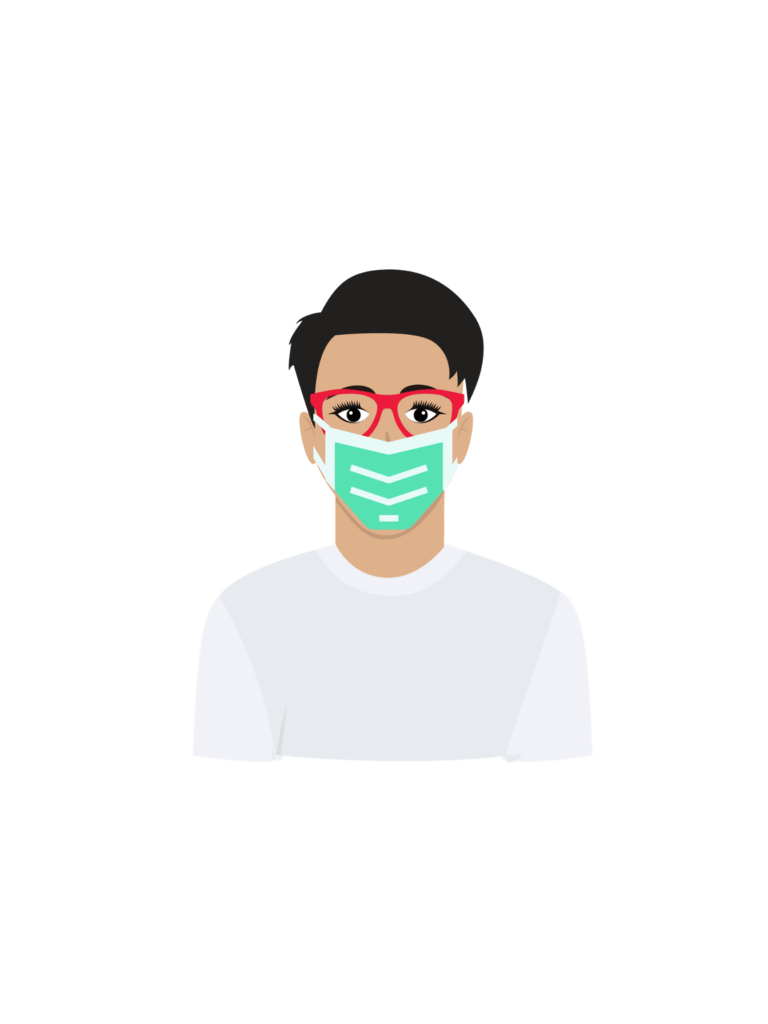
PJ: In the plan, I need to describe Disasterville’s residents and explain our county’s disability demographics. That’s important information for planning.
For example, Cape Cod in Massachusetts has many people who visit in the summer during tourist season. In many cities like Cape Cod, temporary residents or tourists can change a community’s demographics. It is important to be mindful of these changes to community demographics to ensure everyone’s needs are met during an emergency.
Cape Cod also has many older retiree residents. As people age, they may need more mobility aids like wheelchairs and walkers. If Cape Cod’s emergency planners know about their older population’s needs, they can plan to have extra mobility equipment available if these aids get destroyed during an emergency.
Here’s what we know about who has a disability, or disability demographics. According to the Centers for Disease Control and Prevention (CDC), about 1 in 4 adults or 26% of people in the U.S. have some kind of disability. In rural areas, the number of people who have a disability may be even higher, at about 1 in 3 adults.
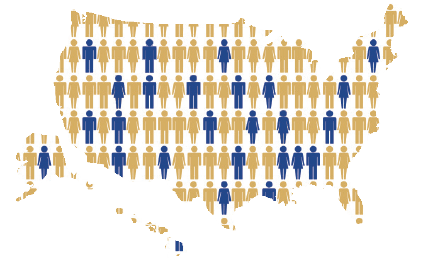

These images are from the CDC infographic, Disability Impacts All of Us

EM: Before our Prepared4ALL approach, I had no idea that there were this many people with disabilities in the U.S. If you don’t understand your community, you may not plan for certain populations or you may assume someone else is planning for them. Planners should keep in mind that on any given day, at any given time, about 1 in 4 people in their community have a disability.
? How many hours of disability education do you think most local emergency and public health preparedness planners are required to have?
4 hours during basic training
Although that seems reasonable, that’s not the answer
2 hours of continuing professional education per year
Although that seems reasonable, that’s not the answer.
No training is required
Generally, emergency managers and public health basic education don’t require any disability training. Are you surprised? No training may mean no knowledge. Most continuing professional education and other professional rules don’t mandate this training either. Unless an emergency manager or public health planner learns about disability outside of work, they may not have much knowledge. It’s a two-way street. Some local planners don’t know much about people with disabilities. And the disability community has knowledge gaps about emergency planning. Closing these gaps can help solve problems, leading to better outcomes for the whole community.
1 hour during basic training
Although it doesn’t seem like much training, that’s not the answer.
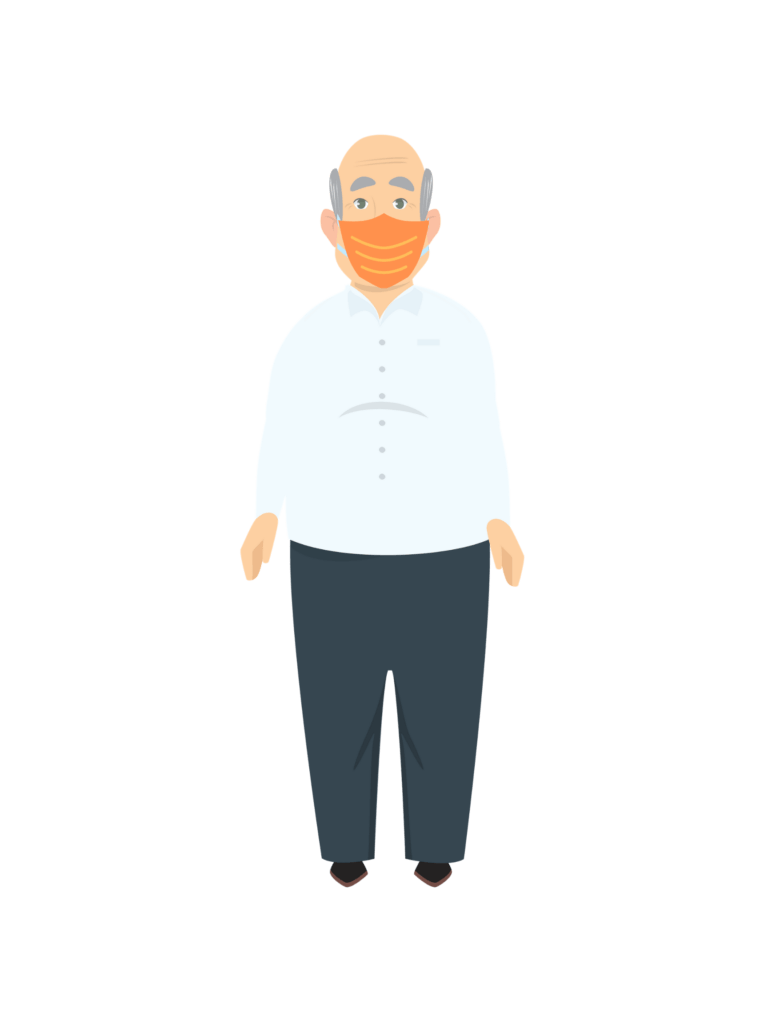
EM: Generally, emergency managers and public health basic education don’t require any disability training. Are you surprised? No training may mean no knowledge. Most continuing professional education and other professional rules don’t mandate this training either. Unless an emergency manager or public health planner learns about disability outside of work, they may not have much knowledge.
It’s a two-way street. Some local planners don’t know much about people with disabilities. And the disability community has knowledge gaps about emergency planning. Closing these gaps can help solve problems, leading to better outcomes for the whole community.

PJ: Why is this important? Remember Franny, Marco, and baby Juniper from your last visit? Franny and Marco are both Deaf. We met them when we held a flood drill last year and now they’re on our Prepared4ALL Action Team.
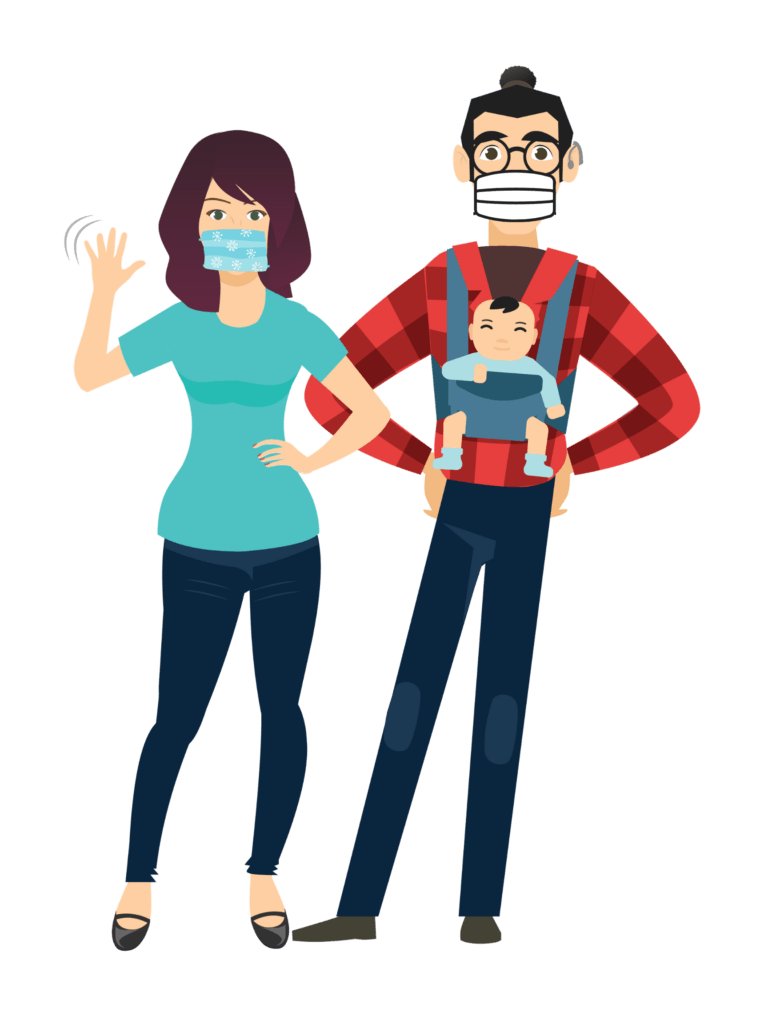
Franny and Marco communicate in American Sign Language, or ASL. Before we met them, our plan was to use air sirens and megaphones for evacuation instructions. Franny and Marco said that wouldn’t work for them, since they wouldn’t hear a siren or a spoken announcement.
So, we changed our plan to include many forms of communication, including TTY calls (a text telephone system), text messages, emails and flashing lights in buildings, large print, audio recordings, and more.
We said that about 26% of adults in the United States have some kind of disability, right?
What kinds of disabilities do people have? The CDC (Centers for Disease Control and Prevention) give us the following breakdown:
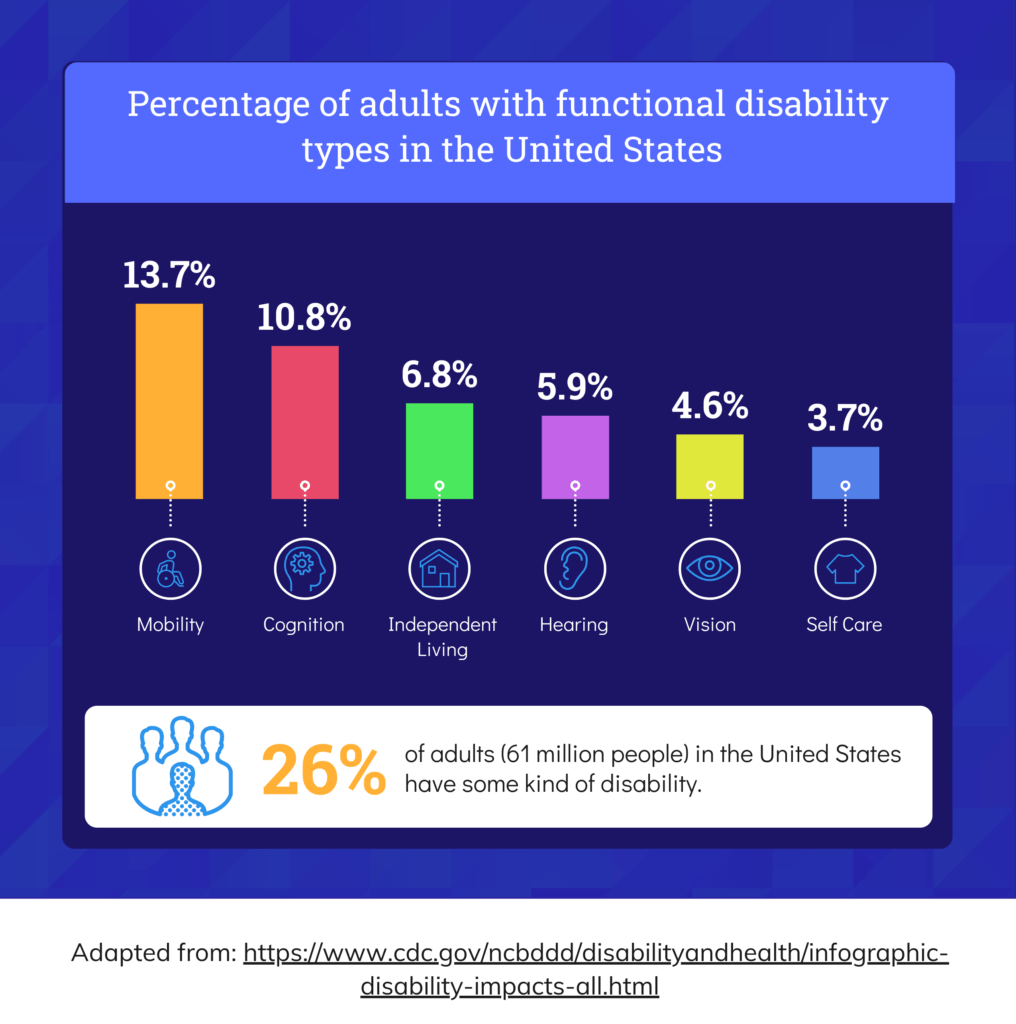
Now think about an emergency at Disasterville’s mall, The Shops at Cyclone’s Corner. Say there are 100 people shopping, including Franny and Marco. If there is a loudspeaker alert to exit the mall, how many people do you think would have trouble hearing or understanding it?
? Carrie thinks about 17 people would have difficulty, do you agree?
Yes, Carrie is right. About 17 people in the mall would likely have trouble hearing or understanding an emergency announcement
Carrie is right. If 10.8% or almost 11 people in the mall have a cognitive disability, and 5.9% or almost 6 people in the mall have a hearing-related disability, then almost 17 people in the mall would have trouble hearing or understanding an evacuation announcement. If the emergency message came through a text message or electronic message board, as well as over the mall’s loudspeakers, Franny, Marco, and others would see the message and leave the mall. Hearing related disabilities and cognitive disabilities are examples of invisible disabilities, or disabilities that aren’t easily seen. Assuming people’s needs based only on what you can see may leave out a lot of people with invisible disabilities when planning for an emergency.
No, Carrie is wrong. About 25 people will likely have trouble hearing or understanding an emergency announcement
Not quite, try again.
No, Carrie is wrong. About 6 people will likely have trouble hearing or understanding an emergency announcement
Not quite, try again.
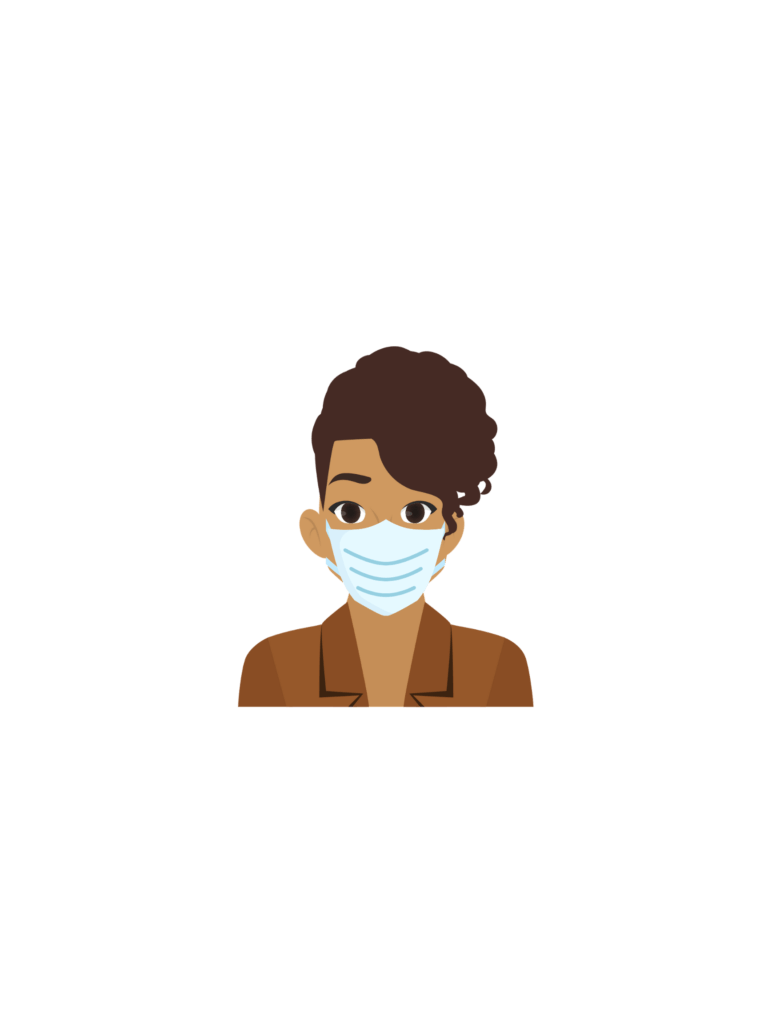
Carrie: During some of your visits we talked about people with “access and functional needs.” We weren’t talking about diagnoses or labels. That’s because inclusive emergency planning isn’t usually about a label or diagnosis.
It’s about access needs (e.g., how to access information or access a building) and functional needs (e.g., hearing or understanding an announcement or other daily functioning skills). We’ll talk more about access and functional needs during a later visit.
Now I’d like to switch topics. You may wonder how you can find disability demographics.
If you want to know about the number of people with disabilities in your state, here are some great resources:
American Community Survey (ACS)
The American Community Survey (ACS) is a national survey of households conducted monthly. It provides demographic, socioeconomic, and housing information about communities in the years between each 10-year Census. This survey is sponsored by the U.S. Census Bureau.
Access the American Community Survey
Behavioral Risk Factor Surveillance System (BRFSS)
The Behavioral Risk Factor Surveillance System (BRFSS) is a national survey of U.S. residents with questions about health. The survey is sponsored by the Centers for Disease Control and Prevention (CDC).
Access the Behavioral Risk Factor Surveillance System
Disability Demographic Questions
Both surveys ask the same 6 questions about functional needs:
1.) Are you Deaf or do you have serious difficulty hearing?
2.) Are you Blind, or do you have serious difficulty seeing, even when wearing glasses?
3.) Because of a physical, mental or emotional condition do you have serious difficulty concentrating, remembering, or making decisions?
4.) Do you have serious difficulty walking or climbing stairs?
5.) Do you have difficulty dressing or bathing?
6.) Because of a physical, mental or emotional condition, do you have difficulties doing errands alone such as visiting a doctor’s office or shopping?
Learn about the 6 Disability Demographic Questions
If you want to know about people with disabilities in your county and their functional needs, the American Community Survey has this information. The American Community Survey may have city and town information as well.

Carrie: We’ve talked about who lives in an area, or demographics. Now let’s talk about community living. I was just at The Shops at Cyclone’s Corner. I was with my partner and daughter and a couple of people seemed surprised that I was there! Some people don’t realize that people with disabilities shop at our mall, work in our businesses, study at our schools, visit our parks, and live in the community. Can you believe it?
Research shows that some emergency and public health preparedness planners don’t realize that most people with disabilities live in the community. They may think that everyone with a disability lives in supervised residential homes like nursing homes or group homes. Only 10% of people with intellectual and developmental disabilities live in a supervised residential home.
Local planners are responsible for emergency planning for the whole community. Each setting should make its own emergency plan. But these supervised residential homes should be included in the community emergency plan. Planners and the people who work and live in these homes should know each other and plan together.
Click the quiz link below to check your learning and continue.
